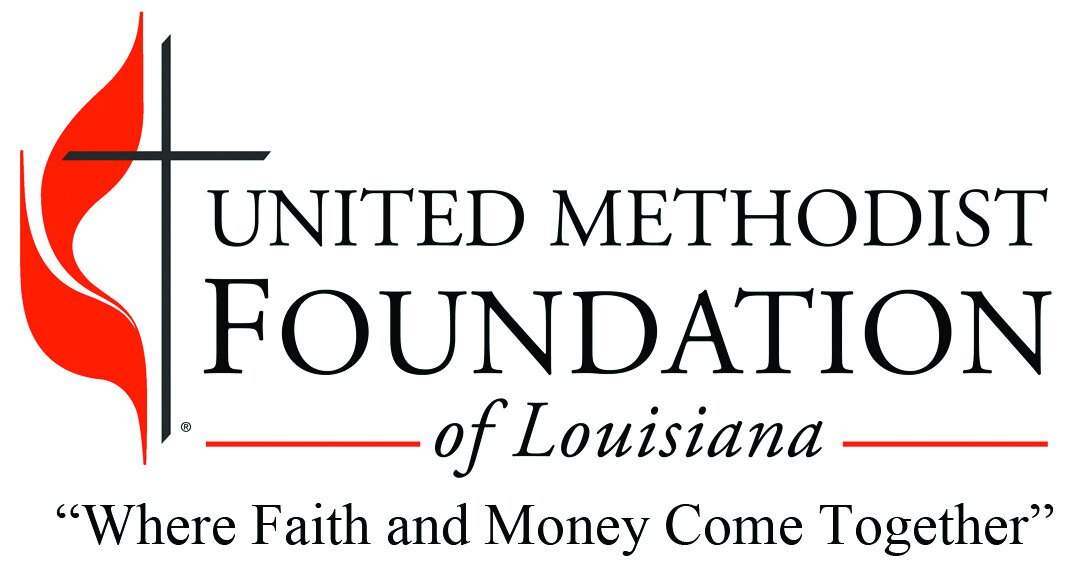GivingUSA’s 2023 Report Reveals 5 Factors Affecting Church Giving
By Ken Sloane, Discipleship Ministries
As churches made their way through 2022, they had real, concrete reasons for optimism and hope. We were coming out of the isolation of the pandemic. Many churches had made the jump to new technologies that would help make giving easier and safer and reach more people!
Were your church’s offering totals down in 2022? Maybe not, depending on how well you were receiving income during the days of the COVID pandemic. If you did start 2023 in a deficit, you may be wondering whom to blame: your members, the finance committee, the folks who manage your church’s endowment funds, or maybe the pastor for not preaching stewardship enough. Before we start pointing fingers, it might be helpful to examine some hard data.
GivingUSA, a non-profit organization that carefully watches charitable giving, has released its 2023 report about how people in the USA gave during 2022. GivingUSA reports both where the giving came from and what kinds of organizations received funds.
The different kinds of charitable organizations identified in the report are:
Environment/Animals
Arts, culture, humanities
International affairs
Public-society benefit
Health
Foundations
Education
Human services
Religion
Individuals
An important aspect of this reporting is that GivingUSA does year-to-year comparisons of actual dollars and also includes comparisons of “inflation-adjusted” dollars. (You can read an article here about why churches need to consider inflation-adjusted dollars.)
So, what are the revelations from the report that are important for church leaders to know? Here are just five I’ve gleaned from looking over the data.
1. AMERICANS GAVE LESS OVERALL TO CHARITABLE CAUSES LAST YEAR.
In 2022, Americans gave $499.33 billion to charity, a 3.4% decline compared to 2021. Adjusted for inflation, total giving declined by 10.5%! GivingUSA also breaks down total giving by source of contributions (individuals, foundations, bequests, and corporations). Individuals’ giving decreased by 6.4% in 2022, which was a 13.4% drop in inflation-adjusted dollars.
2. PEOPLE GAVE SLIGHTLY MORE TO RELIGION IN 2022, BUT GROWTH IN GIVING SLOWED A BIT.
Giving of actual dollars to religion (just one segment of charitable giving) increased by 5.2% from 2021 to 2022, down slightly from the 6.3% increase experienced from 2020-2021. Still, that is worth celebrating.
3. INFLATION GETS A GOOD PORTION OF THE BLAME.
Inflation has made a significant impact on what those dollars given to religion were able to accomplish. From 2021 to 2022, inflation reduced the effect of giving to religion by 2.6%. Religion got more dollars, but those dollars did less, thanks to inflation.
4. RELIGION STILL GETS THE LARGEST SLICE OF THE CHARITABLE GIVING PIE, BUT IT’S HALF OF WHAT IT WAS FORTY YEARS AGO.
While religion continues to be the category that received the largest percentage out of the ten charitable categories GivingUSA tracks, that percentage has been decreasing consistently over the last forty years. In the five-year period from 1983-1987, the slice of all charitable giving that went to religion was 58%. In the most recent five-year period, 2018-2022, that percentage was exactly half, down to 29%.
5. THERE ARE MORE CHARITABLE ORGANIZATIONS TO GIVE TO THAN EVER BEFORE!
The number of charitable (501(3)(c) organizations has grown by about 400,000 since 2012. During that same time, the number of local churches in the mainline denominations decreased. The landscape of charitable giving changes constantly. However, talking about other charitable organizations as “competition” feeds a mentality of scarcity. We live in a country of abundance, so perhaps a better question to ask is whether our church is achieving its mission and communicating its impact as well as other charitable organizations, and what can we learn from them?
Was there any hopeful news in the report?
Yes! While religion’s share of charitable giving decreased by half in the past twenty years, one sector of charitable giving’s percentage has doubled: human services. These are organizations whose mission is to meet human needs -- direct services to people who are struggling. They feed our hungry, strengthen our communities, shelter our homeless, care for our elderly, and nurture our young.
Does that sound familiar? These needs have been a critical part of the church’s identity throughout most of our history and seem to continue to be where donors are choosing to invest their money to make an impact. For United Methodists, these are the places where we shine!
The temptation for local churches when financial gifts are declining is to cut back on programs and outreach, and that is often a turn in the wrong direction. If anything, these are the days when churches need to be more engaged with their communities – not just discerning needs on their own but listening to people across the community and exploring how they can partner with other organizations to meet human needs. Being open to using the assets we have (physical plants, volunteers, networks, and more) can open doors to new ways of being the church in our communities.
Remember the teaching of the one we’ve decided to follow:
“… I was hungry and you gave me food, I was thirsty and you gave me something to drink, I was a stranger and you welcomed me, I was naked and you gave me clothing, I was sick and you took care of me, I was in prison and you visited me. Then the righteous will answer him, ‘Lord, when was it that we saw you hungry and gave you food or thirsty and gave you something to drink? And when was it that we saw you a stranger and welcomed you or naked and gave you clothing? And when was it that we saw you sick or in prison and visited you?’ And the king will answer them, ‘Truly I tell you, just as you did it to one of the least of these brothers and sisters of mine, you did it to me.” -- Matthew 25:35-40 (NRSV)
